THE MENTAL MAPS
Maps have been forms of appropriation, traditionally associated with the idea of familiarizing with a territory to be conquered. Tracing a diagram to be comprehended.
I felt naîve as I realized how complex history and reality can be, my impulse was to push this project away, and yet, I felt the urge to explore what I had found, a giant hole in the fabric of society; without any idea about how to patch it.
I felt naîve as I realized how complex history and reality can be, my impulse was to push this project away, and yet, I felt the urge to explore what I had found, a giant hole in the fabric of society; without any idea about how to patch it.
After years of slowly unlearning cultural and religious teachings that began with my Catholic upbringing and school days, the project became a way of exploring my past —possibly to reconcile ideas abandoned early in my life— and of searching for the original teachings: is it really possible to see the other as my brother or sister, as myself?
I proceeded to pick and assemble images from the internet, connected to the subject of the missions in diverse ways, some just glimmered, some had clear meaning, and others made me feel ambivalent, even sometimes alarmed at their content.
St. Paul, Isenheim altar (detail) by Mathias Grünewald. See video furhter down.
I started noticing the fact that the values that ruled the colonial period, are present now, intact. This was so evident... I was looking at the blueprint for the world we live on now, and probably, has always been part of how we relate to each other. All I had to do to find these double standards and social ambiguities, was searching and observing. Call me naive but this is daunting. Can we call ourselves "modern society" with so many issues being unresolved?
As I continued, the rational mind made it easier to look at these ambivalences while my heart, whith some reluctance, went along. The exercise became fascinating and shocking as a portrait of contemporary culture emerged — complex and contradictory —, in complete disarray. My role was to allow the pieces find their place in the map.
Then "it", started weaving itself into a "coherent disonance" that turned into the mental maps .
As I continued, the rational mind made it easier to look at these ambivalences while my heart, whith some reluctance, went along. The exercise became fascinating and shocking as a portrait of contemporary culture emerged — complex and contradictory —, in complete disarray. My role was to allow the pieces find their place in the map.
Then "it", started weaving itself into a "coherent disonance" that turned into the mental maps .
I have to mention the role the Bilderatlas Mnemosyne played in this undertaking. This was a project developed by Aby Warburg (1866-1929) and Gertrud Bing, German historians of Jewish origin. Their interest in Western classical culture, took them to devise a procedure for exploration and presentation of systems of relationships, not always obvious, through image association techniques. The result is a vast amount of multi image panels displaying relationships meaningful to them, deeply personal, heuristic and non-linear —not universal truths. Characteristics my maps share with theirs.
This freedom of association Warburg explored, inspired me, because it allowed for creativity to play a central role, in which a series ►
of seemingly disparate images is assembled and used to create a kind of overwhelm or swarm of associations, which, I say, can potentially push the mind into the deeper unconscious.
I believe this apparent cacophony, may help the viewer to establish some distance from the contents due to their apparent disparity, and experience how each may have a trigger effect of internal programs that invoke emotions and memories.
It is important to underline the importance of remaining conscious of that which the images may bring up, seeing them from the standpoint of the observer, not reacting to them with an emotion. When these are linked to socially traumatic events, like the colonial periods in history, I realize this exercise of observation presents a very difficult challenge. To observe what our mind presents us, while keeping us from fully identifying with it, is where the challenge lays.
It is worth pondering about how all of this historical information has come to us.
What was really true?
What was really true?
Can we answer these questions about historical events that took place centuries ago, when we can't even be sure of what is happening now?
MAP ASSEMBLAGES
These maps represent arenas of my mind, identified thematically.
⊹The first two maps refer to my beliefs about the nature of reality,
⊹The first two maps refer to my beliefs about the nature of reality,
⊹The third and fourth are about my vision, a priori, of Saint Francis of Assisi and the missions.
⊹ Five and six encompass views about Fray Junipero Serra and the painful experience of members of Native American descendants.
⊹ Six iterations of the "shadow" follow (7 to 12).
⊹ Six iterations of the "shadow" follow (7 to 12).
⊹ Number 13 is a map in which each hero is a villain in another story, and viceversa. Good and bad are polar qualities, conform a unified whole —not antagonistic— as society tends to caracterize them.
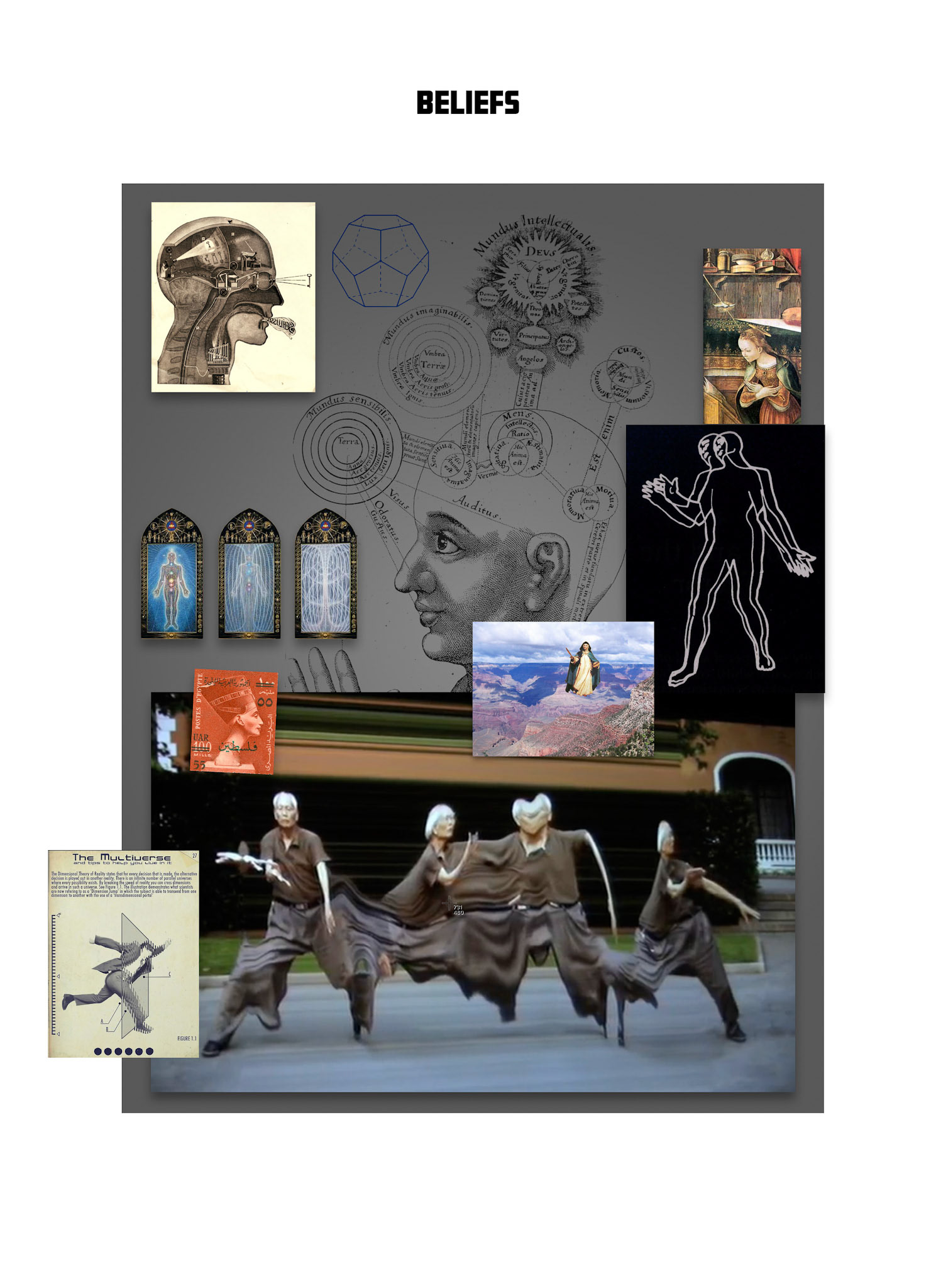
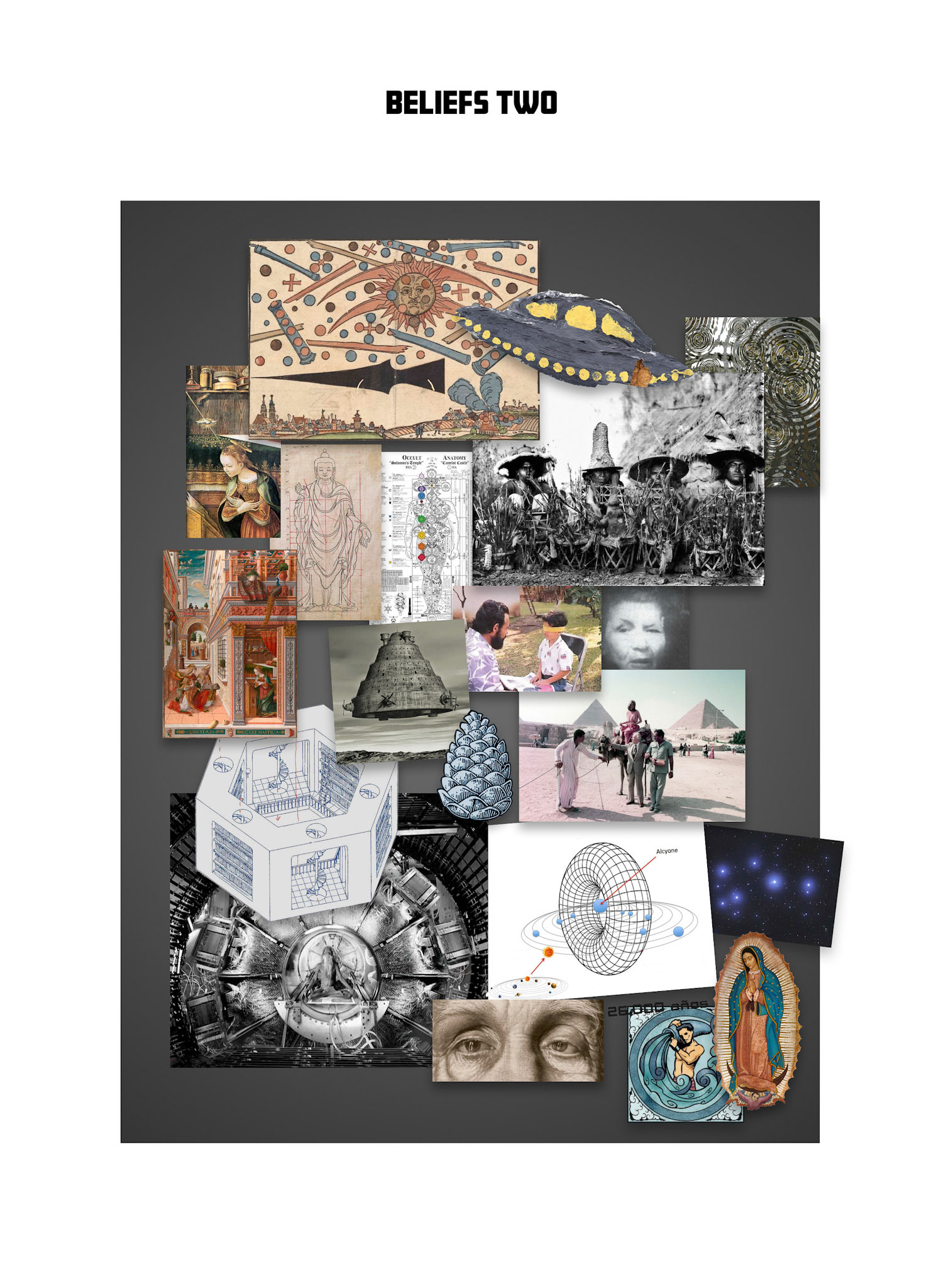
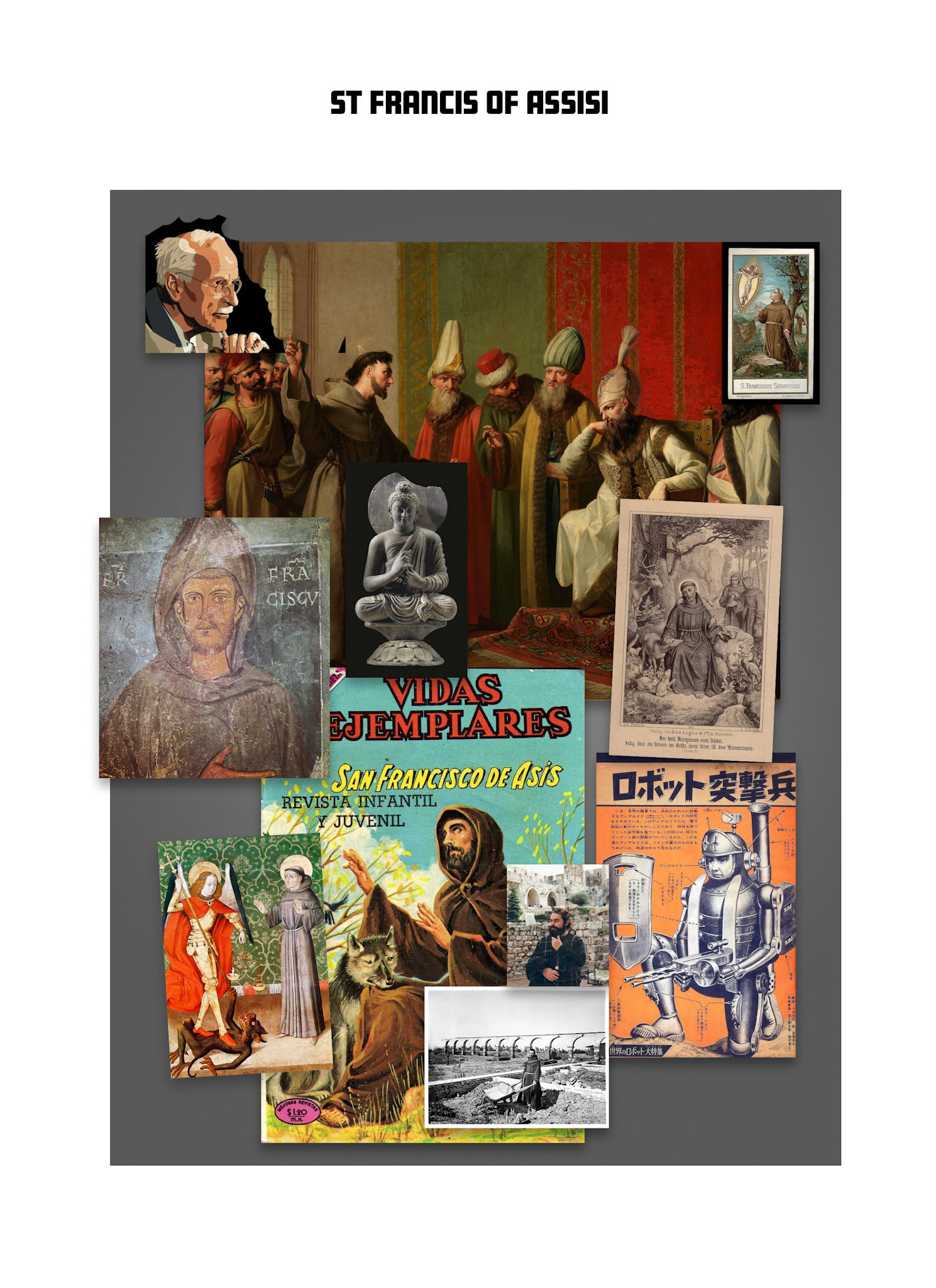
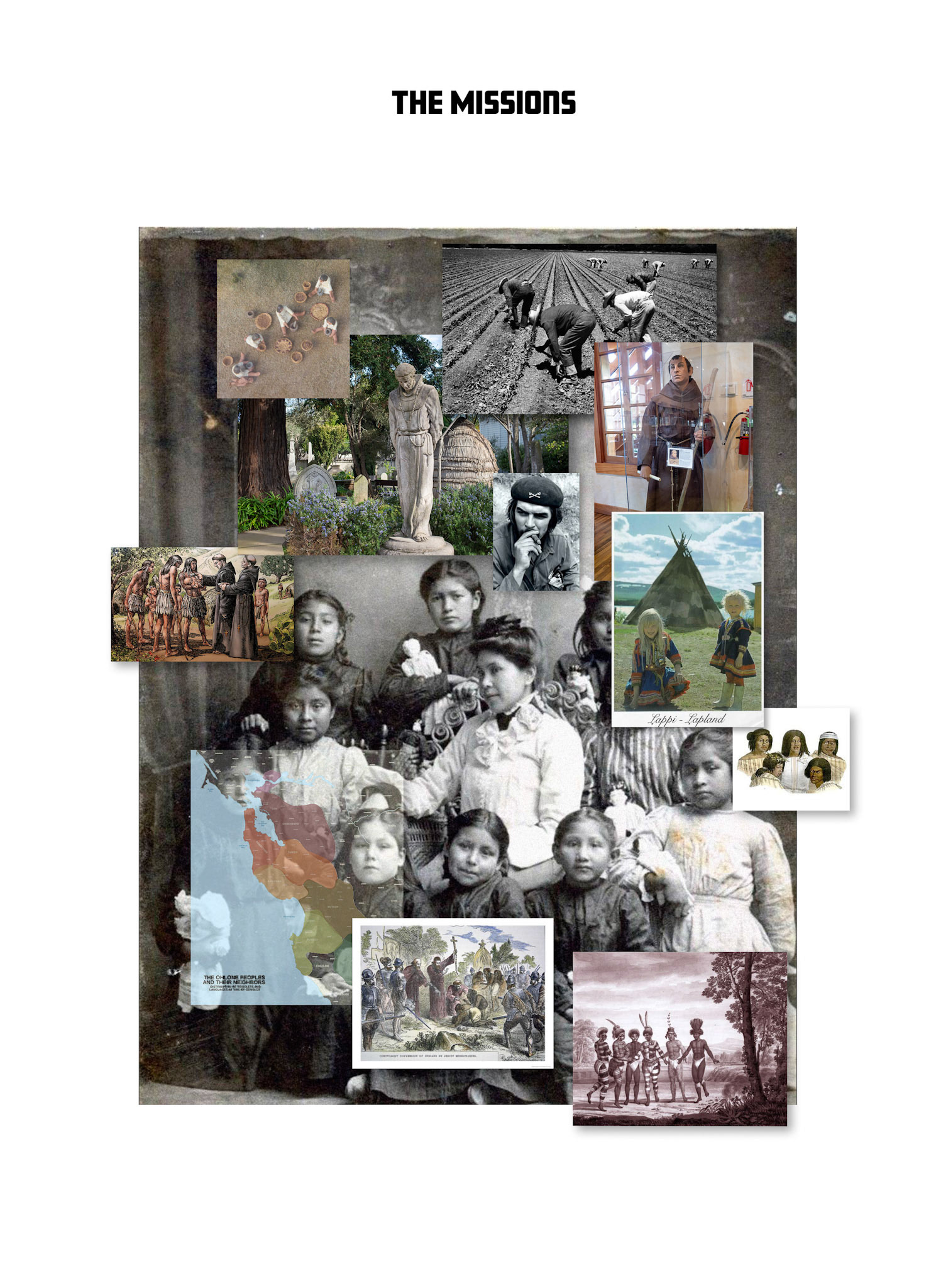

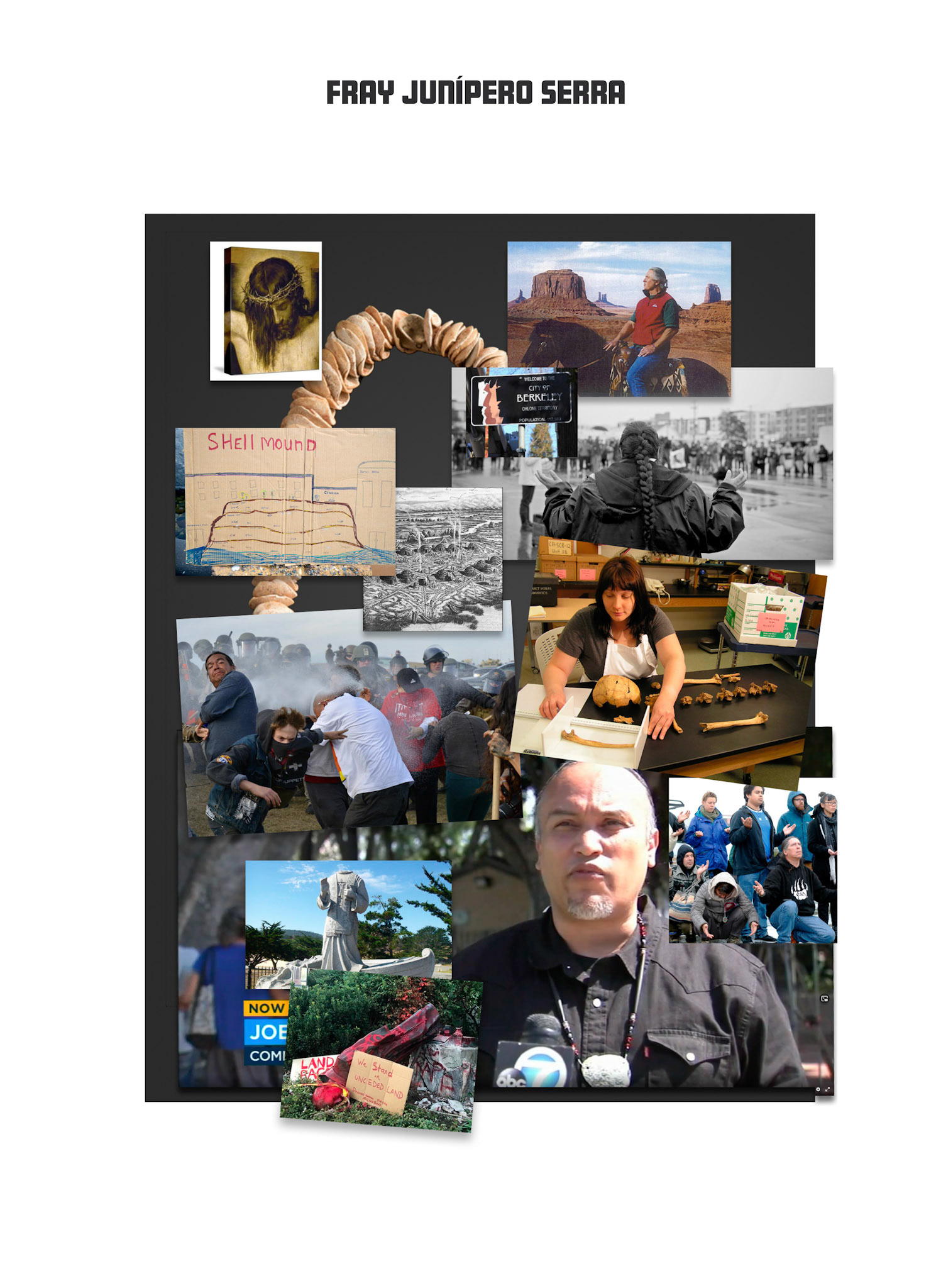
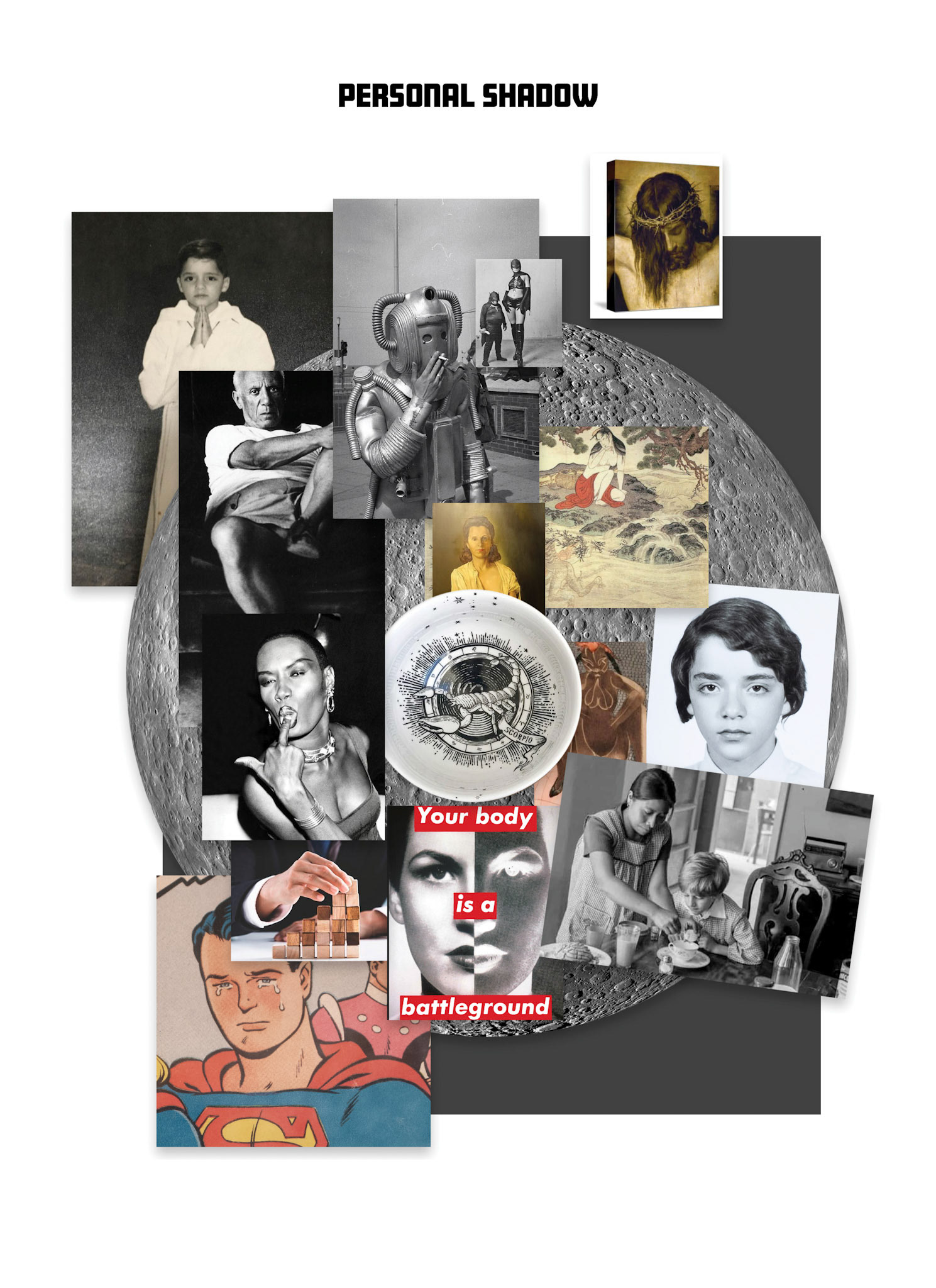
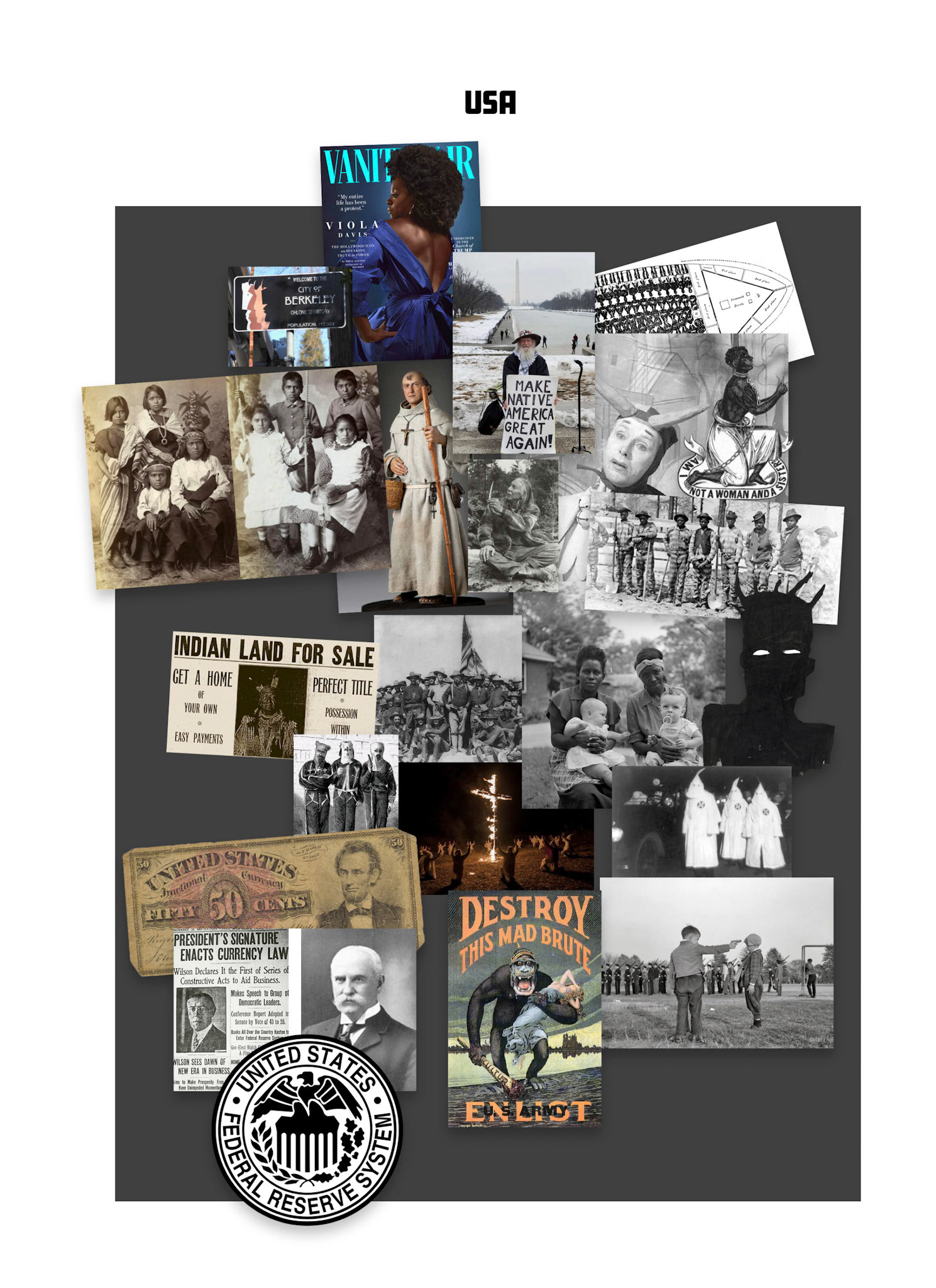
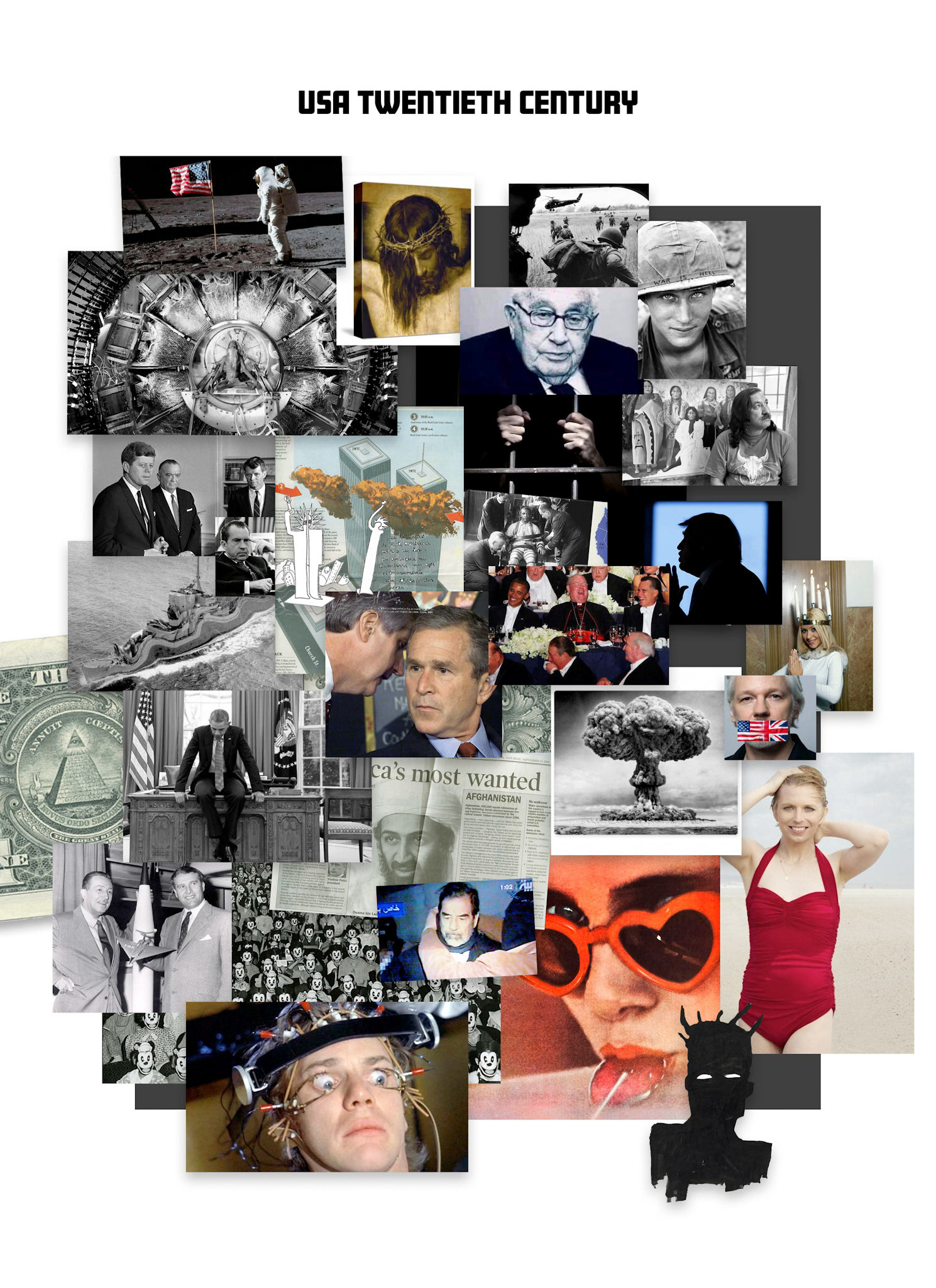

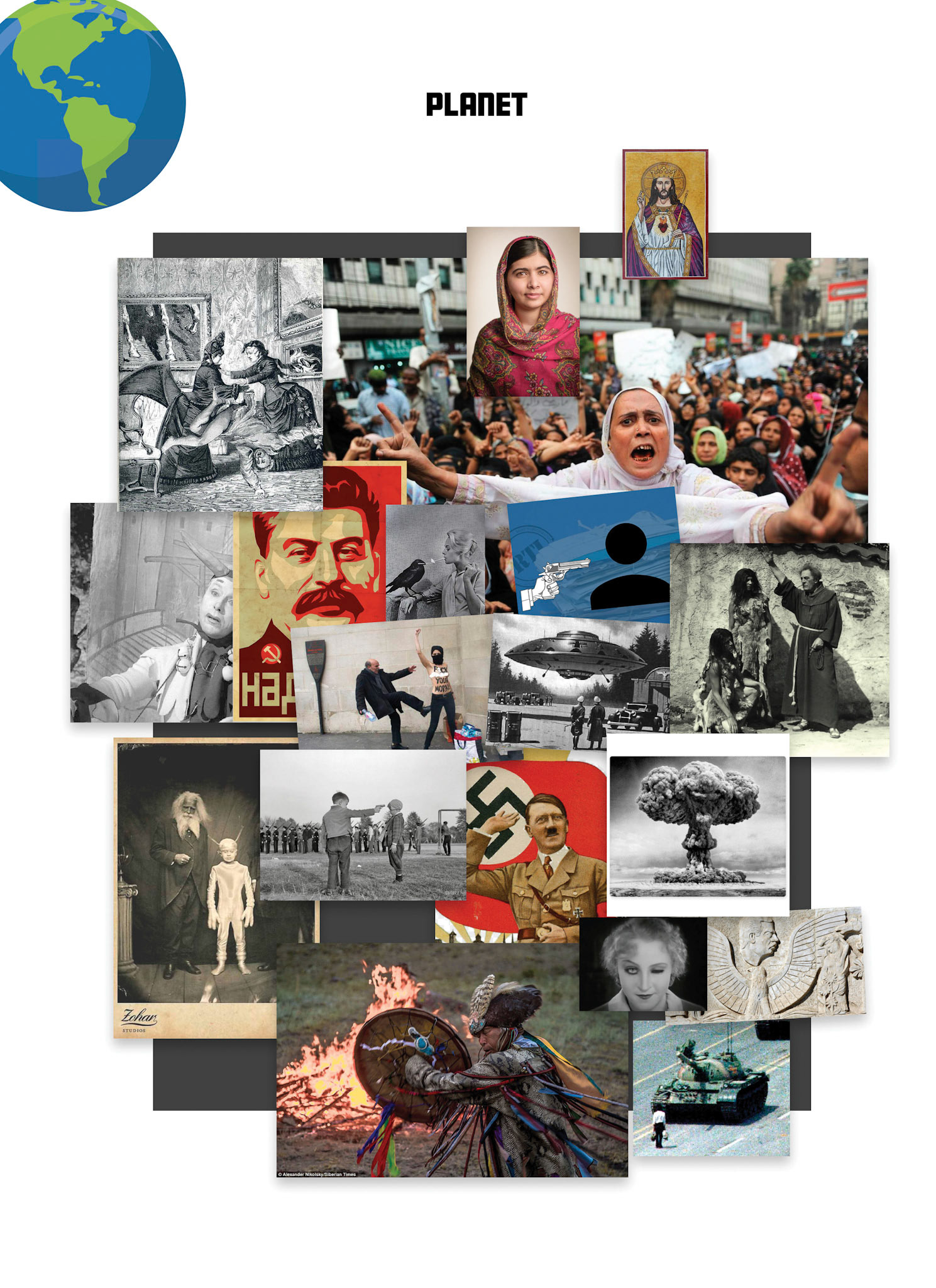
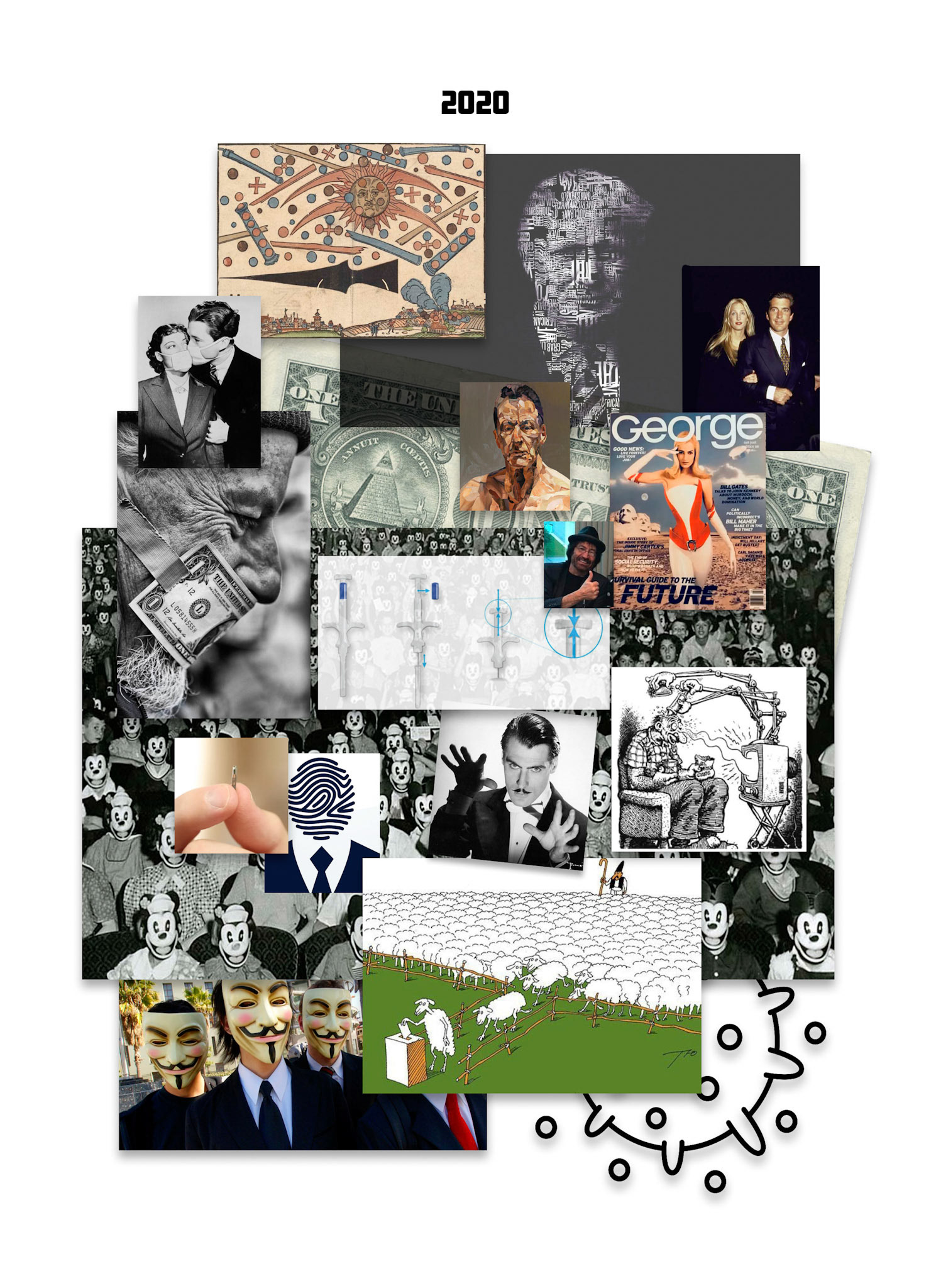
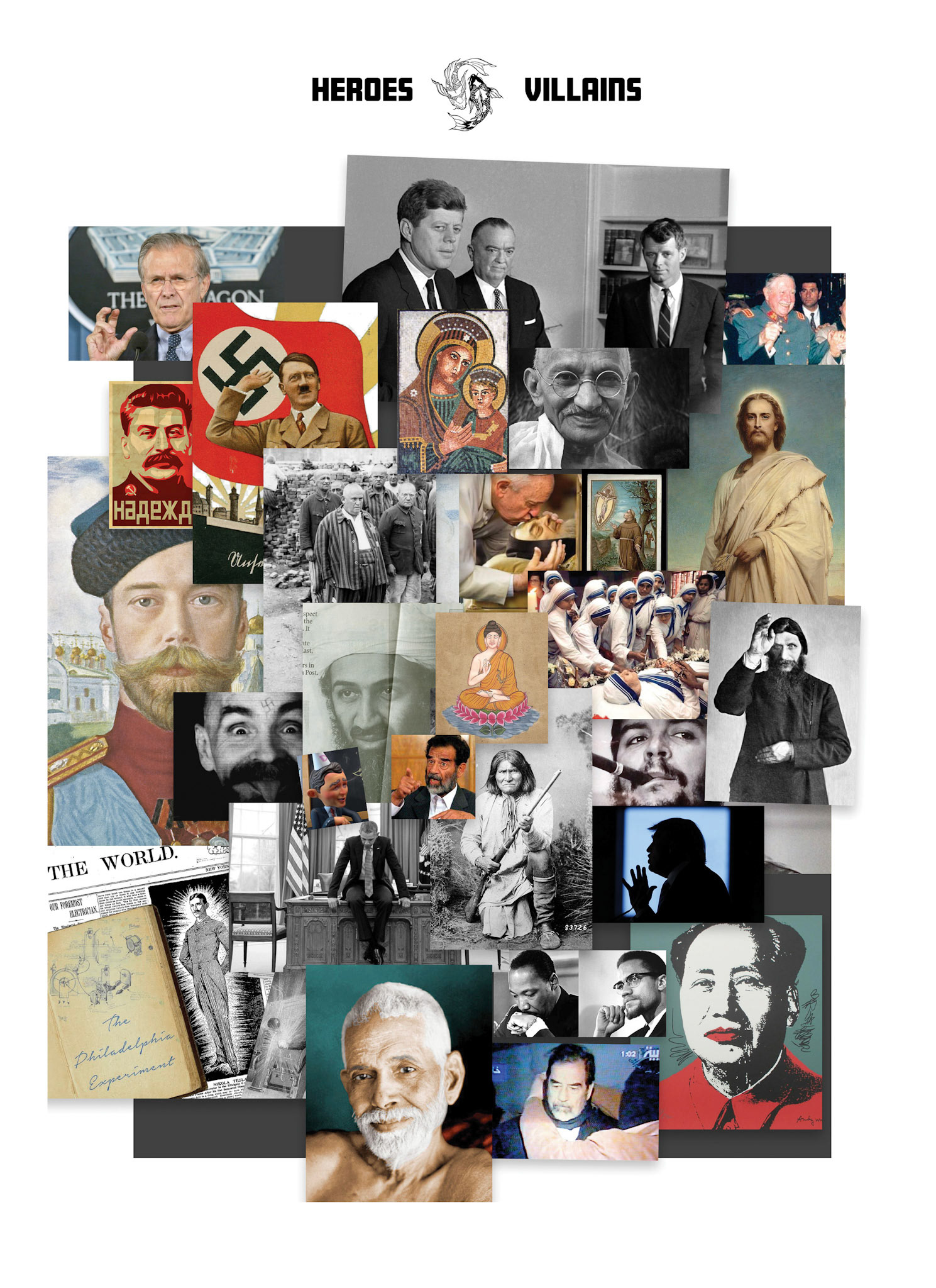
Click on images to enlarge, double click to maximize
What is the relationship between these chaotic thought forms found in the maps, and the world we live in?
Audio track, suggestion to view the maps: Resonance 432, 9 min.
Germán Herrera, 2021, 9 min.
Germán Herrera, 2021, 9 min.
.:.
CAN I CHANGE?
After exploring the maps and their contents, now I realize I carry this stuff inside, all this information, as disparate and antagonistic as it may be... wherever I go; this is what society accepts and we tend to integrate, because the community does not question it.
And what is this "stuff"? Memories, history, thought forms, feelings and beliefs. All of these operate vastly at the subconscious level.
I did not have to go far to see the effects of this information in my life, it happens every day, when dealing with my family or friends... in the simplest exchanges. Looking at these patterns with more awareness of them as part of my psique has not been easy. It seemed inevitable to enter that vortex of feeling and thinking, everytime I find myself in the threshold of a given event; particulary when emotions are strong or unavoidable. I feel sucked into them. When an event in my life touches deep emotional fibers, particulary in relationship to painful events, relationship mishaps, history of my country or the planet, it is really challening to go back to neutral. What I describe above applies to interactions on the street, friendhips and family, socio-poltitical issues, and many more.
The question then is, now that I have become aware of something I want to change —can it be changed?
Two options come to mind, the first would be not to react, not allowing my reaction to express itself, to dissociate with it, to observe it. Is this even possible?
The second would be to question that which makes me react, and ask: Is this real? or, is this experience taking me to re-live a memory or experience from the past? Not infrequently, this is precisely the case. What, frequently, brings emotion is the (unconscious) recollection of the original event, not the situation in front of us.
How do I change history? How do I change beliefs and feelings that seem to transform me into a different person, separating me from others? Can I allow myself to react differently just to feel better?
I felt tired of finding myself wrapped in habitual situations which included anger or antagonism, without having consciously decided to experience them; they reminded me more of a computer program being triggered into action.
I felt tired of finding myself wrapped in habitual situations which included anger or antagonism, without having consciously decided to experience them; they reminded me more of a computer program being triggered into action.
As I observed myeslf I wondered if others were experiencing something similar.
Back to the maps, a conclusion I reached was: If we expect to live a given experience as conflict (ideas in my psyque), this expectation will point it in that direction, if — to the contrary—, we think of an X situation and can visualize, a harmonious and positive outcome, this is what will tend to happen. ►
If these maps reflect my idea of the world, if these images live within my psyque, is it a coincidence that the physical manifestation of the world we live in, has very similar characteristics?
If we think about this for one moment, it makes a lot of sense: the TV, the news, and the media in general, tend to propagate, to prioritize that which produces fear or instigates separation ¿Is it a coincidence that my external world resembles so close the one that lives within me?
At this point, this took a turn for me, it excited me enticing me to be responsible. First, it invited me to become conscious of all of which I think about I do not like, which makes me uncomfortable or makes me feel fear. Secondly, to disociate myself from every image related to feeling like a victim, be it of circumstances or actions of others. To stop that thought the moment it becomes conscious, period.
At this point it became evident I needed help to change my maps, and it came from a book called A Course in Miracles —a teaching device that addresses universal spiritual themes to rewire our form of thinking and acting.
For the purpose of this project, I will limit myself to to briefly mention why it has been so effective as a way of becoming conscious of the contents of my mind, my beliefs, and to see the connection with the world we live in. A text, designed to undo our way of processing information, and to create another one radically different.
USA XXth Century (detail)
Copyright Disclaimer: Under Section 107 of the Copyright Act 1976, allowance is made for "fair use" for purposes such as criticism, comment, news reporting, teaching, scholarship and research. Fair use is a use permitted by copyright statute that might otherwise be infringing. Non-profit, educational or personal use tips the balance in favor of fair use. Please contact us if you would like an image removed.
.:.